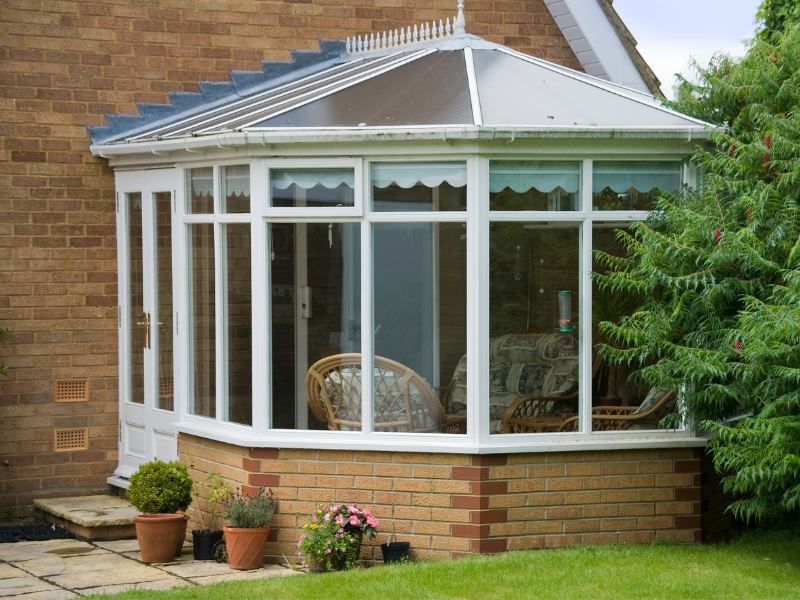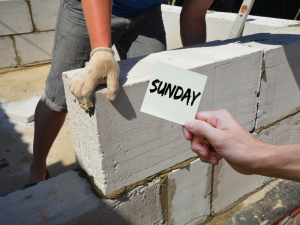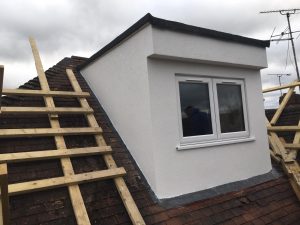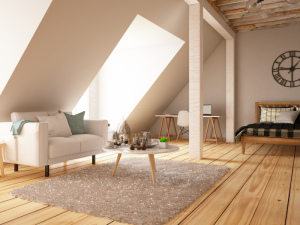If your home’s bursting at the seams, an extension could be the answer — but which kind?
Some add more space. Some are quicker. Some can cost you less. Picking the right one makes all the difference.
This guide walks you through the main types of home extension, what they’re good for, and what you should think about before you start.
Table of Contents
Toggle1. Rear Extension
Let’s start with the most common. A rear extension adds space out the back of your house, into the garden.
It’s ideal for:
- Open-plan kitchens
- Bigger living or dining areas
- Extra downstairs rooms
You can go with a single storey or a double. Either way, you get more room without changing the front of the house. That means fewer planning headaches, too.
Good for:
- Homes with decent garden space
- Ground-floor layout upgrades
- Big glass doors or garden views
Watch out for:
- Losing too much garden
- Needing party wall agreements with neighbours
- Light — especially if you go too deep
2. Side Return Extension
If you live in a Victorian or Edwardian terrace or semi, you’ve probably got a narrow side alley that does nothing except collect weeds and broken bikes.
A side return extension fills that space in. It’s narrow, but it makes your kitchen or living area feel loads bigger.
Good for:
- Narrow houses
- City properties
- Opening up kitchen-diners
Watch out for:
- Tight working space for builders (can add to cost)
- Needing steel supports or roof glazing for light
- Drainage issues — those side alleys often hide old pipes
It’s a small footprint, but it can make a big impact.
3. Wraparound Extension
Now we’re talking. This one combines a rear extension and a side return to form an L-shape.
It gives you loads of space, especially on ground floors — great for kitchens, dining areas, and open living spaces.
Good for:
- Full downstairs redesigns
- Bringing in more light
- Homes with garden space to spare
Watch out for:
- Higher cost — more structure, more materials, more work
- Needing planning permission
- Getting natural light into the middle
Get it right, though, and it completely changes how your home feels.
4. Double Storey Extension
A double storey extension adds new rooms upstairs and downstairs. If you need more bedrooms, a bigger bathroom, and space below too — this one does the lot.
Good for:
- Families who want to stay put but need more room
- Adding serious value
- Homes with side or rear space
Watch out for:
- Planning permission (nearly always needed)
- Neighbours objecting to height or light loss
- Rooflines and brickwork needing to match up
It’s a bigger project, but if you want to add full new rooms and make it feel like part of the original house, it’s worth considering.
5. Over-Structure Extension (Over Garage or Porch)
This one’s often overlooked — building over your existing garage or porch.
You’re not taking up more land. You’re just using what’s already there.
Good for:
- Adding a small bedroom or office
- Homes with flat-roof garages
- Tight plots with no garden space
Watch out for:
- Needing to check the structure can hold it
- Upgrading the foundations if needed
- Matching the exterior
It’s a smart way to get extra room if you’re short on ground space.
Other Things to Think About
No matter which extension you pick, these things always matter:
- Planning rules – Some need permission, some don’t. Know where you stand before you start.
- Building regulations – Everything must be signed off, from structure to fire safety.
- Neighbours – Party wall notices, shared boundaries, and access rights can all affect things.
- Budget – Prices vary a lot depending on design, finishes, and access. Always get a proper quote.
- Disruption – Bigger jobs mean more dust and noise. Ask how your builder will handle it.
FAQs
Q: Which type of extension adds the most value?
A: Usually a double storey or wraparound — they add the most usable space. But it depends on your area and what buyers are looking for.
Q: Can I live at home during the work?
A: For most ground floor extensions, yes. There’ll be noise and dust, but you won’t need to move out.
Q: Do all extensions need planning permission?
A: Not all. Some fall under permitted development, but it depends on size, design, and location.
Q: What’s the cheapest extension option?
A: Side returns, garage extensions or small rear extensions tend to be more affordable — fewer materials and less structural work.
Q: How long does it take?
A: Anywhere from 8 to 20 weeks depending on the type, size, and weather.
There’s An Option That Fits
The right extension can give your home the space it’s missing — without the hassle of moving.
Whether you need an extra bedroom, a proper home office, or just a kitchen you can actually turn around in, there’s an option that fits.
And when it’s done well? It won’t just change how your home looks. It’ll change how it feels.





